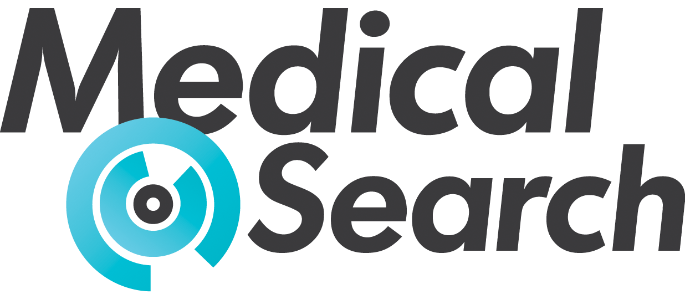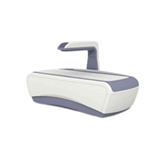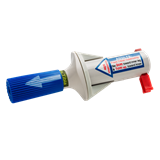Andrew Giles, Chief Executive Officer, Garvan Research Foundation comments, "I am surprised by the extent of the disconnect between the awareness of the disease and a real understanding of the impact osteoporosis can have. These research outcomes point to the need to provide more information and education on the causes of osteoporosis beyond ageing and on lifestyle changes across the generations that will help to minimise the risk of developing the disease[2]."
In Australia it is estimated 1.2 million Australians are affected by osteoporosis[3]. It is a disease that does not just affect women, men account for up to 30% of all fractures related to osteoporosis and osteopenia, and their associated costs[4] and the cost of fractures is the largest component cost of poor bone health in Australia, presenting a serious burden to the healthcare system.
Garvan Institute of Medical Research has partnered with Osteoporosis Australia, national patient advocacy group, to form 'The Bone Alliance'. The Alliance seeks to address this major national health issue utilising innovation and education to achieve positive change for bone health of all Australians.
Greg Lyubomirsky, Osteoporosis Australia, CEO says, "The challenge is to deepen the understanding of osteoporosis across the Australian community as a whole. The condition can also affect the younger generations (Gen Y and Gen X) by having an emotional impact as they deal with ageing parents personally experiencing the disease. As such, it is important that while the older generations will always be the key communications targets, the information about the disease and its prevention must also include the younger generations so they are better equipped to manage, and to set them on a pathway to make health choices that minimise the chances of developing osteoporosis themselves."
Andrew Giles adds, "Garvan's Bone Biology division combines clinical, molecular and cellular research to explore the links between genetic, hormonal and lifestyle influences on bone mass. Our research draws on the Dubbo Osteoporosis Epidemiology Study (DOES) which started in 1989, and is now the world’s longest running large-scale epidemiological study of osteoporotic fractures in men and women[5]."
Garvan scientists have found that measuring bone density loss can improve the accuracy of fracture risk assessment and help identify who would benefit most from preventative measures.
"Outside of the lab we need to create educational resources and tools at a consumer level that will drive a stronger 'awareness and education' conversation. Future initiatives of the Garvan and Osteoporosis Australia partnership will focus on the development of state of the art technology to support this conversation," said Andrew Giles.
[1] Osteoporosis: Community Awareness and Knowledge Survey, September 2015 (Conducted by: QAI Consulting)
[2] Osteoporosis: Community Awareness and Knowledge Survey, September 2015 (Conducted by: QAI Consulting)
[3] Henry M, Pasco JA, Nicolson GC, et al. Prevalence of osteoporosis in Australian men and women: Geelong Osteoporosis Study. Med J Australia 2011;195:321-322.
[4] Osteoporosis Australia, Facts & Figures
[5] Garvan Institute of Medical Research



-160x160-state_article-rel-cat.jpg)


-160x160-state_article-rel-cat.jpg)



